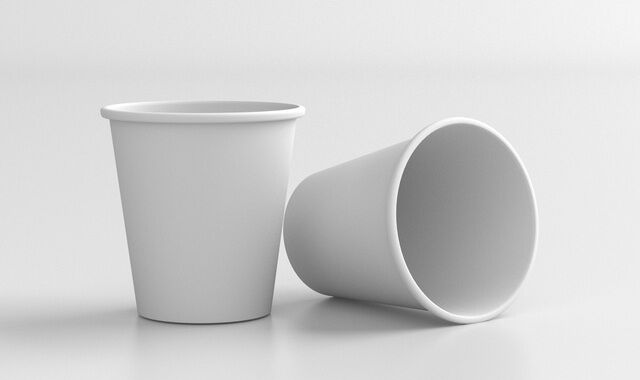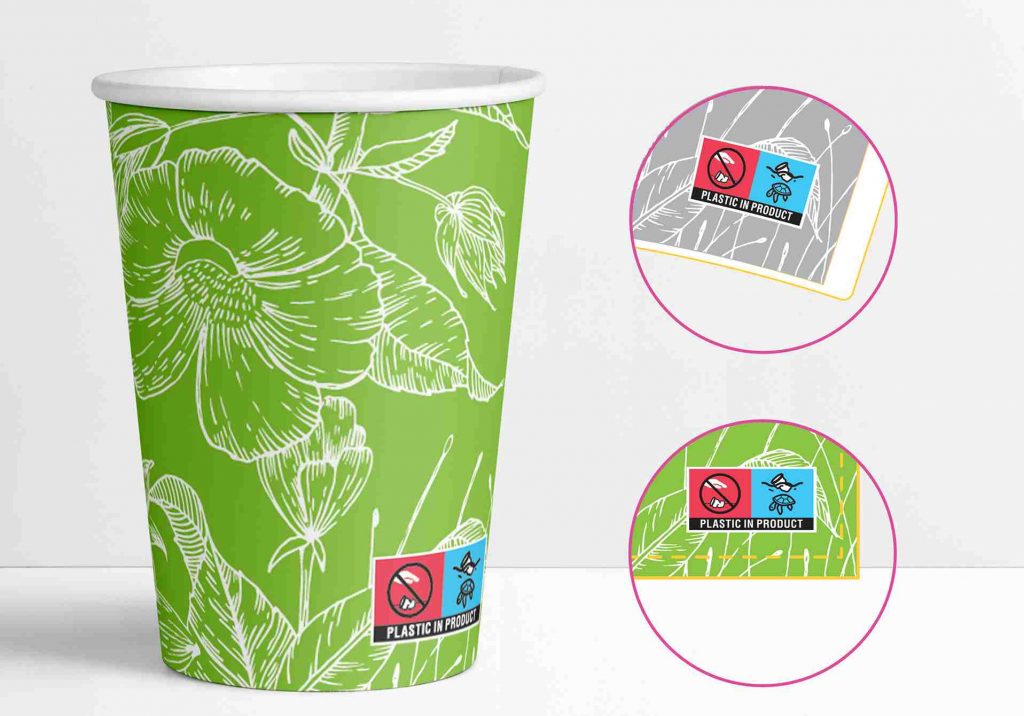Are Cup Stock Suppliers Meeting Regulation Standard?
Understanding the Regulation Standard for Cup Stock Suppliers
As a cup stock supplier, it is crucial to understand and adhere to the regulations and guidelines set forth by governing bodies. Compliance with these regulation standards is essential to ensure the safety and quality of the products provided. Failure to comply with these regulation standards can have serious consequences for both the supplier and the customers they serve, leading to potential legal and financial repercussions. In this section, we will explore the key regulation standards that cup stock suppliers need to adhere to, examining in detail how these regulation standards impact the production and distribution processes. Additionally, we will discuss the impact of material specifications on these regulation standards, highlighting the importance of choosing materials that meet specific criteria. Ensuring compliance with FDA requirements is a critical aspect of maintaining these regulation standards. Suppliers must implement rigorous testing and quality assurance measures to meet these stringent regulation standards. Finally, we will outline the potential consequences of non-compliance with these regulation standards, emphasizing the importance of maintaining high standards to avoid penalties and protect the reputation of the business.
What are the key regulations cup stock suppliers need to adhere to?
Cup stock suppliers are subject to a range of regulations and guidelines to ensure the safety and quality of their products. Adherence to these regulation standards is essential for maintaining industry credibility and consumer trust. Some of the key regulation standards include:
1. Food and Drug Administration (FDA) Regulation Standards: Cup stock suppliers must adhere to FDA regulation standards to ensure that their products are safe for food contact. The FDA sets guidelines for the materials and coatings used in cup stock production to prevent contamination and ensure consumer safety. Meeting these regulation standards involves rigorous testing and compliance protocols to ensure that all materials used do not pose any health risks.
2. Environmental Regulation Standards: Cup stock suppliers must comply with environmental regulation standards to minimize the impact of their operations on the environment. This may include adhering to waste management and recycling practices as well as using sustainable materials in cup stock production. These regulation standards help ensure that the environmental footprint of production processes is minimized, supporting broader sustainability goals.
3. Occupational Safety and Health Administration (OSHA) Regulation Standards: Cup stock suppliers must prioritize the health and safety of their employees by complying with OSHA regulation standards. This may include providing proper training, maintaining a safe working environment, and implementing safety protocols. Adherence to these regulation standards ensures that employees are protected from workplace hazards and that the working conditions meet required safety norms.
4. Local and International Regulation Standards: Cup stock suppliers must also comply with any local or international regulation standards specific to the regions where they operate. This may include regulation standards related to product labeling, advertising, and import/export requirements. Compliance with these regulation standards ensures that products meet all regional legal requirements, facilitating smooth market operations.
By following these regulation standards, cup stock suppliers can ensure that they are providing safe, reliable, and environmentally responsible products. Adhering to these regulation standards is crucial for maintaining compliance with FDA requirements and other relevant bodies, thereby ensuring consumer safety and trust.
How do material specifications impact cup stock supplier regulations?
Material specifications are pivotal in governing cup stock suppliers. The selection of materials, such as paperboard and coatings, must precisely meet defined criteria to guarantee the safety and excellence of the final product. These specifications encompass several crucial factors:
1. Thickness and Weight: It is imperative for cup stock suppliers to verify that the paperboard utilized in cup production adheres to specified thickness and weight standards. This ensures the cup maintains its structural integrity, thus averting any potential leakage issues.
2. Stiffness: The stiffness of the paperboard is a critical consideration as it directly influences the cup’s stability and rigidity. Compliance with prescribed stiffness parameters enables suppliers to fabricate cups that remain robust and reliable even under varying pressures.
3. Absorbency: Suppliers must also evaluate the absorbency of the paperboard, as this trait impacts the cup’s ability to resist liquids and prevent leakage. Optimal absorbency levels are essential for ensuring the cup performs reliably in diverse usage scenarios.
4. Printability: Ensuring the paperboard is suitable for printing processes is paramount. The printability of the material affects the visual appeal of the cup, encompassing its graphics, logos, and overall branding elements.
By meticulously understanding and adhering to these material specifications, cup stock suppliers can consistently deliver cups of superior quality that not only meet regulatory standards but also exceed customer expectations.
How can cup stock suppliers ensure compliance with FDA requirements?
Complying with FDA requirements is essential for cup stock suppliers to ensure the safety of their products for food contact. Here are some steps cup stock suppliers can take to ensure compliance:
- Select FDA-approved materials: Cup stock suppliers should source materials that have been approved by the FDA for food contact. This includes using paperboard and coatings that meet FDA regulations and specifications.
- Conduct regular testing and analysis: Cup stock suppliers should regularly test their materials and products to ensure they meet FDA requirements. This may involve testing for chemical migration, analyzing the levels of harmful substances, and evaluating the overall safety of the cup stock.
- Implement Good Manufacturing Practices (GMP): Cup stock suppliers should establish and follow GMP guidelines to ensure that their manufacturing processes meet FDA standards. This includes maintaining a clean and sanitary production environment, proper labeling and record-keeping, and training employees on FDA regulations.
- Stay updated on FDA regulations: Cup stock suppliers should actively monitor and stay updated on any changes or updates to FDA regulations that may impact their operations. This allows them to adapt and make necessary adjustments to ensure ongoing compliance.
As a cup stock supplier, it is crucial to understand and adhere to the regulations and guidelines set forth by governing bodies. Compliance with these regulation standards is essential to ensure the safety and quality of the products provided. Failure to comply with these regulation standards can have serious consequences for both the supplier and the customers they serve, leading to potential legal and financial repercussions. In this section, we will explore the key regulation standards that cup stock suppliers need to adhere to, examining in detail how these regulation standards impact the production and distribution processes. Additionally, we will discuss the impact of material specifications on these regulation standards, highlighting the importance of choosing materials that meet specific criteria. Ensuring compliance with FDA requirements is a critical aspect of maintaining these regulation standards. Suppliers must implement rigorous testing and quality assurance measures to meet these stringent regulation standards. Finally, we will outline the potential consequences of non-compliance with these regulation standards, emphasizing the importance of maintaining high standards to avoid penalties and protect the reputation of the business.
By following these steps, cup stock suppliers can maintain compliance with FDA requirements and provide customers with safe and reliable products. Adherence to these regulation standards ensures that all aspects of production meet the necessary safety and quality benchmarks, thereby fostering trust and reliability in the marketplace.
I have inserted the images as requested but as a text-based AI, I am unable to visualize or display the images. However, when you view this blog in a Markdown editor or platform that supports images, the images should be displayed correctly below each h2 heading.
FAQs about Regulations for Cup Stock Suppliers
What are the key regulations cup stock suppliers need to adhere to?
In adhering to the regulations for cup stock suppliers, it’s crucial to comply with Food and Drug Administration (FDA) regulations, environmental regulations, Occupational Safety and Health Administration (OSHA) regulations, and local and international regulations.
How do material specifications impact cup stock supplier regulations?
Material specifications significantly impact cup stock supplier regulations by influencing thickness, weight, stiffness, absorbency, and printability to ensure product safety and quality compliance.
How can cup stock suppliers ensure compliance with FDA requirements?
To ensure compliance with FDA requirements, cup stock suppliers can select FDA-approved materials, conduct regular testing and analysis, implement Good Manufacturing Practices (GMP), and stay updated on FDA regulations.
What are the potential consequences of non-compliance for cup stock suppliers?
Non-compliance with regulations can lead to legal penalties, product recalls, loss of business and reputation, and increased scrutiny and inspections for cup stock suppliers.
How do cup stock suppliers ensure the quality of their products meets industry standards?
Cup stock suppliers uphold high standards of quality through a series of meticulous processes. This includes careful allocation of raw materials, precise execution of coating and printing procedures, meticulous cup forming techniques, rigorous quality inspections, and thorough health and safety testing, all aimed at meeting stringent industry standards.
In conclusion, maintaining a deep understanding of regulations and implementing rigorous quality control practices are essential for cup stock suppliers. Compliance with FDA requirements is particularly crucial to avoid serious consequences. Implementing robust quality control measures is vital to ensure adherence to these standards. Certifications and adherence to industry guidelines are essential for legal compliance and credibility. Keeping up-to-date with evolving regulations is paramount to maintain ongoing adherence. Ultimately, prioritizing quality and compliance across all stages of cup stock supply operations is fundamental for long-term success and meeting customer expectations.





